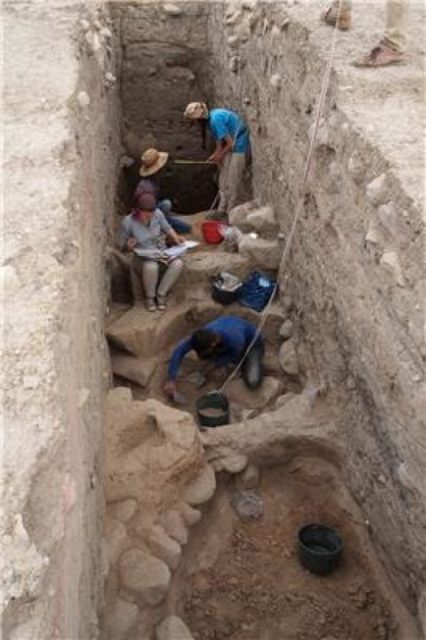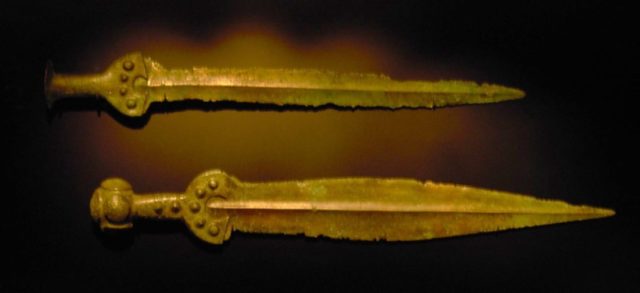Bassetki, a small Kurdish village in the Autonomous Region of Kurdistan, has been recently found to be the site of a Bronze Age city that dates from about 3000 BC.
It was uncovered in 2016 between August and October during excavation work at the village. From the settlement layers, archaeologists have found that the city was occupied during the Akkadian Empire (2340-2200 BCE).

The city wall they have uncovered was built in approximately 2700 BCE, and some of the large stone structures date back to 1800 BCE. On the outskirts of the village, the archaeological team from the Institute for Ancient Near Eastern Studies has discovered that the town stretched for approximately 1 km and contained many great houses that could be dated back to the Bronze Age.
Temple remains that had been dedicated to the weather god Adad, a Mesopotamian diety, were found. The wall that was uncovered encircled the upper part of the town to help repel invaders. Using a variety of techniques, archaeologists have discovered many residential districts and a road network that could have linked the settlement to the neighboring areas of Mesopotamia and Anatolia.
They also uncovered a cemetery outside the town. The town of Bassetki became known for the “Bassetki Statue” that was unearthed there in 1975. It was a partial piece of a bronze figure known as the Akkadian god-king Naram-Sim.

Working on this site can be risky due to the neighboring presence of an area controlled by the Islamic State, but the excavation team leaders are adamant that staff safety is paramount. The team working at this site is also involved in another project– inspecting the area surrounding Bassetki all the way to the Turkish and Syrian borders. So far, they have uncovered more than 300 sites that have never been explored before. More excavation and research work will continue throughout the summer of 2017. Professor Peter Pfalzner, one of the leaders of the team, has stated that the area surrounding Bassetki is a culturally rich area. He believes that it was the crossroad of the Anatolian, Syrian, and Mesopotamian cultures in the Bronze Age .
The Bronze Age is the era in which bronze as a metal was used to make items, and it marks the beginning of what is classed as the material ages. The date is specific to different areas as it started early in Greece but later in Britain, for example. Bronze is an alloy of tin and copper; during the 2nd millennium, the use of bronze increased, especially with tin deposits found in Cornwall, England. During the Bronze Age the wheel was also invented as well as the ox-drawn plough, Science News Journal reported.

The Akkadian Empire ruled a vast area of ancient Mesopotamia from its capital city of Akkad, which does not exist today. It is known that Akkad was somewhere along the western banks of the Euphrates River.
The scribes of Sargon the Great, who was the unifying force in the Akkadian Empire, claimed it stretched from the Persian Gulf, into the modern-day countries of Iraq, Kuwait, Syria, Jordan, and all the way to the Mediterranean sea. It was classed as the first multinational empire in the world.
